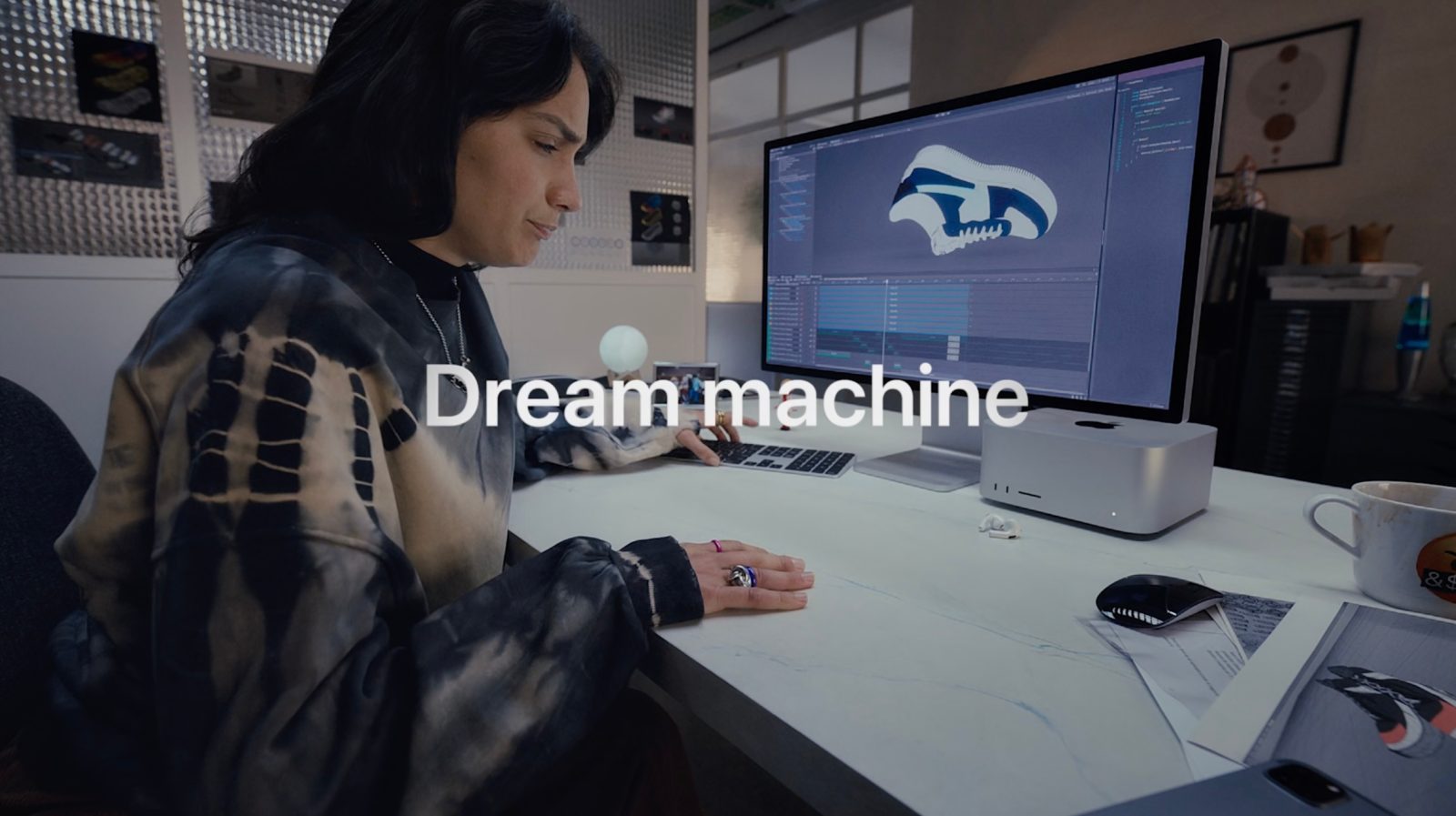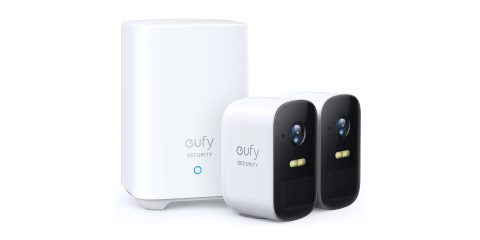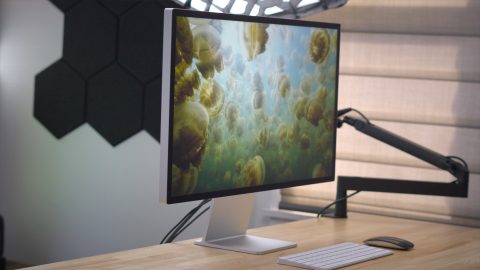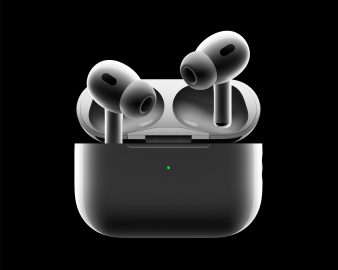
In a new interview with TechCrunch, three Apple executives have shared some interesting details on how the company approached developing the design and features of the Mac Studio and Studio Display.
TechCrunch’s Matthew Panzarino sat down with Apple’s Tom Boger – Vice President of Mac and iPad Product Marketing, Shelly Goldberg – Senior Director, Mac and iPad Product Design, and Xander Soren – Director of Product Marketing, Pro Apps.
One of the themes Panzarino noticed was the Mac Studio and Studio Display being a clear product from Apple’s Pro Workflows Team that originally came about as it worked on the modular 2019 Mac Pro. A key part of that team’s process is to “interact with and gather information from professionals in creative, scientific and other fields to understand their work processes better.”
And feedback from users is what directed Apple to create the new product category of the Mac Studio:
In our convo, Soren noted that there was a clear signal from its creative and pro users that there was a need for a modular system that fell in between the iMac and the Mac Pro. Modular, in this sense, consisting of the Mac Studio offering two levels of M1 chip and a paired Studio Display.
The I/O Apple decided on for Mac Studio is another area where feedback from pro users was key:
The number of ports available on the Mac Studio is something that came out of research with its pro customers, talking to them, asking them how many devices that they’re using. The USB-A options were a bit surprising to me, to be honest, but Boger says that their research showed that there was still a legacy need.
When it came to designing the thermal system inside of the Mac Studio size constraints, Shelly Goldberg said it was a “huge endeavor” when coming from the Mac Pro that has lots of room for fans and venting.
Interestingly, Apple did hundreds of different thermal simulations to find the right design. The final Mac Studio design features 2,000 precisely machined holes.
It was such a fun challenge from a hardware perspective, because we’re trying to deliver like this massive amount of performance, but were really constrained on the form factor,” says Goldberg. “Obviously, if you’re going to keep it on your desk, you don’t want it to be annoying you while you’re doing all those things. So it’s really fun challenge from a hardware perspective, the team did hundreds of thermal simulations for the airflow to try to figure out what’s the best pattern of airflow through the system to try to optimize for performance and acoustics and ultimately, we came up with the the design that we have which has the inlet on the bottom coming in through over 2,000 machined holes that are all machined at [a specific] angle that rotates as you go around the perimeter.”
Another unique part of the thermal design is a custom dual blower:
Goldberg says that the engineering team found that by splitting each impeller of the blower by a divider partway up its height, they were able to make adjustments using the disc that allowed for different pitches of the blades above and below the divider.
That lets Apple optimize for both thermals and acoustics simultaneously – keeping the Mac Studio as close to silent as possible even under intense workloads.
When it comes to the new Studio Display, Apple’s Boger described it as a “great, very accessible, very mainstream display for all of our Mac users.”
And Goldberg highlighted the new Spatial Audio system being a first in a desktop system.
Goldberg says that the Spatial Audio system in the Studio Display also utilizes the force canceling drivers that they built for the 16” MacBook Pro, a first for a desktop audio system. These specialized drivers provide and internal, oppositional force that dampens unwanted vibration, acting as a shock absorber that prevents the vibration of a speaker cone from traveling into the casing.
Check out the full interview from TechCrunch here.
Related:
- Mac Studio reviews: Impressive power and efficiency, but overkill for many users
- Studio Display reviews: The Apple display we need, but with the webcam of an ‘old BlackBerry’
- Apple promises software update to improve Studio Display’s lackluster webcam
- Here’s how the new Apple Studio Display compares to the Pro Display XDR and LG UltraFine
FTC: We use income earning auto affiliate links. More.







Comments